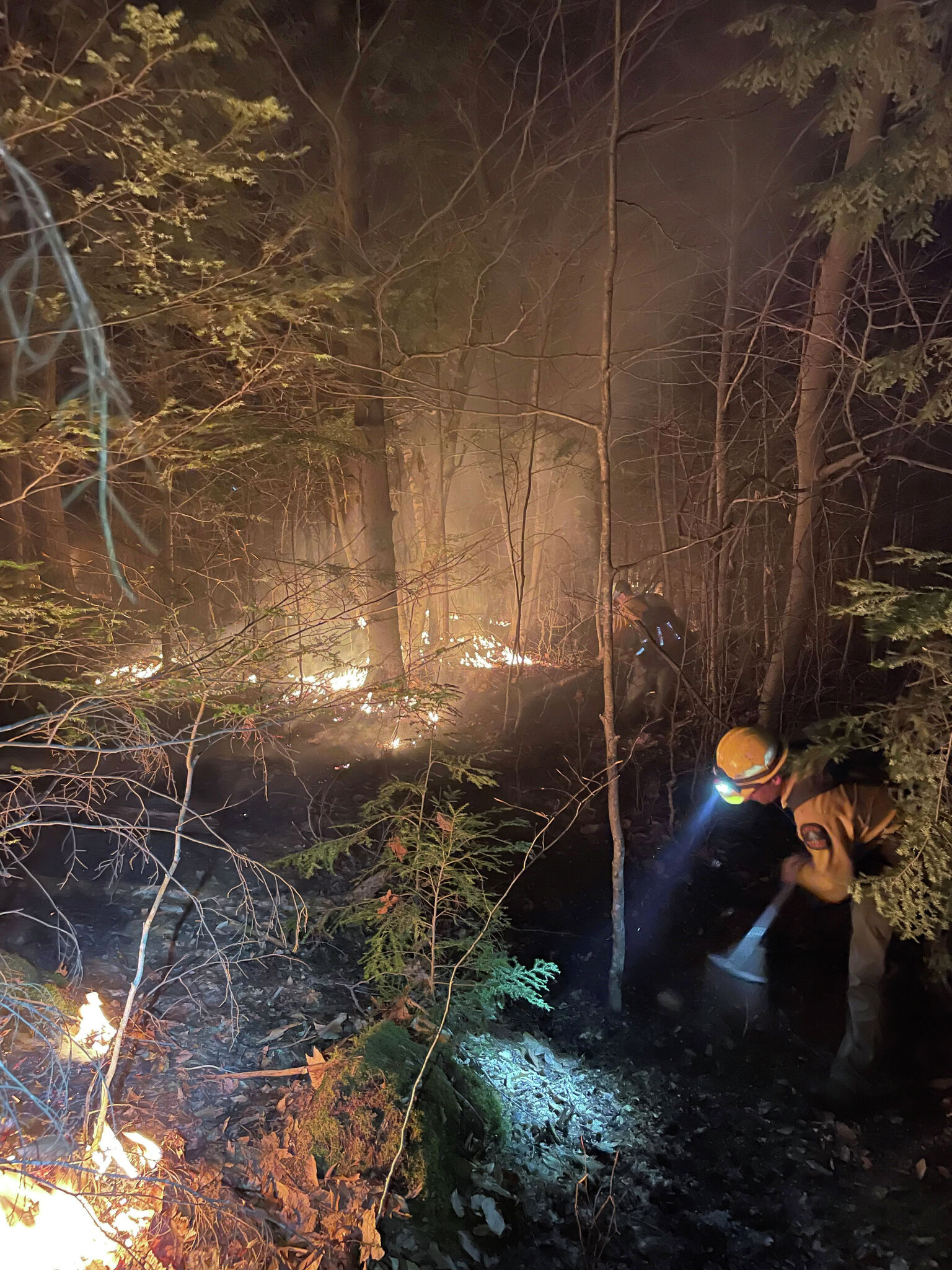In June and early July, the Adirondacks and most of the state saw dark sepia skies clouded with pollution from uncontrolled wildfires in Quebec. The low-hanging smoke caused unhealthy air quality for residents and warnings from state officials to stay indoors. State Department of Environmental Conservation leaders urged New Yorkers to refrain from outdoor burning because of the high risk of forest fires.
Visitors to the state’s six-million-acre Adirondack Park used to the sweet scent of balsam fir instead smelled fire as the thick plume of smoke from the north raised the question: Could those wildfires happen here?
As climate change causes unpredictable weather, such wildfires and murky skies have the potential to become more severe, scientists say. But it’s unlikely devastating infernos are imminent in Adirondack forests, according to researchers familiar with the park.
Wet vs. dry, hot vs. cold
According to the National Oceanic and Atmospheric Administration, rain is expected to increase in the region. Still, accelerated snowmelt from warming temperatures could escalate droughts, which are known to contribute to fires. Projections from NOAA suggest that the Northeast will see a temperature increase of 4.5 to 10 degrees by 2080.
The impact of warmer temperatures and intensified precipitation on the region’s fire risk is uncertain. Climate predictions rely on weather pattern simulations that can change with new information. As of right now, Mark Lesser, associate professor of environmental science at SUNY Plattsburgh, said only drastic ecological changes would make the Adirondacks more at risk of wildfires. He noted that the June fires in Quebec were primarily in boreal forests and the Adirondacks are largely made up of hardwood forests. Boreal forests, found mainly in Canada, Alaska and Russia, are home to more fire-prone ecosystems with black and white spruce, jack pine, paper birch and aspen…
Read the full article here

Leave a Reply